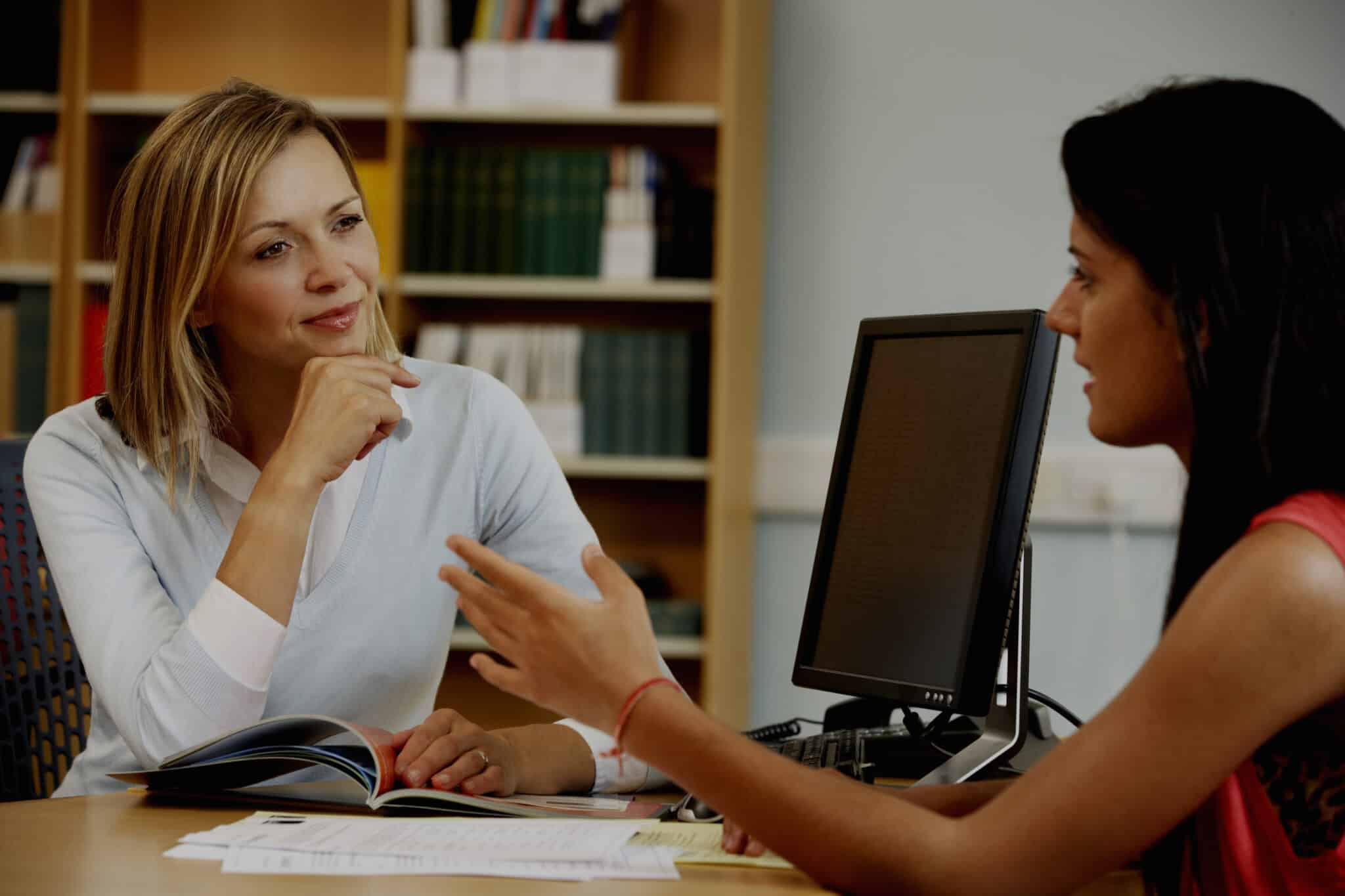Since the inception of the Individuals with Disabilities Education Act (IDEA) in the 70s, there has been a steady increase in the number of students receiving special education services in the K-12 environment. However, this number seems to drop off when students reach university. According to the National Center for Education Statistics, around 13% of K-12 students have some disability, while only 11% of college undergraduates report a disability.
Given the fact that close to the same percentage of disabled students continue on to higher education as their nondisabled classmates, the numbers don’t add up. What is happening in the transition to cause this gap? One possible explanation is the law. Laws for accommodations in K-12 differ from those for higher education. The main distinction is that young adults entering a post-secondary institution must educate themselves on how to receive accommodations at their schools. There are four steps to this process: Self-Disclosure, Documentation, Meeting with the Office of Disability Services, and Faculty Communication.
1. Self-Disclosure
Upon entering any higher education institution, a student with any level of disability must self-disclose their situation. Best Colleges states that 94% of high school students with a disability receive assistance while just 17% of college students do. This is because 60-80% are not disclosing their needs. Every student with a disability, be it visible or nonvisible, must go to the Disability Services Office on campus or contact them virtually. From there, the accessibility officer will assist the student in their needs and accommodations. Students should always be prepared to educate the institution and teachers about their disability, especially those at smaller schools.
2. Documentation
To obtain accommodations, the student will need to provide documentation of their disability assessment. If the disability is cognitive, such as dyslexia, ADHD, or autism, they would need to obtain documentation from a psychologist. For physical disabilities such as hearing, vision, or motor impairments, the student would require documentation from their regular physician.
3. Disability Services
Once the student has secured their documentation, they should set up an appointment with an advisor ar the Office of Disability Services. Every school is different in terms of how students obtain services. Some require a completed application while others will simply accept the appropriate professional documentation. During this meeting, the student will let the institution know what they need. Accommodations can include sign language interpreters, note takers, special seating, and extra time needs as well as audio transcription, video captioning, and CART (Communication Access Real-Time Transcription) services. It is imperative that students communicate their full needs from the outset and continue the conversation throughout their time at the institution.
4. Faculty Communication
Once appropriate accommodations are determined, it is typically the responsibility of the student to discuss their requirements with their teachers. Students should meet with faculty to explain necessary accommodations and ensure all parties are on the same page. This should not be limited to a one-time meeting, as constant communication throughout the course is necessary to ensure optimal support and success.
The college experience encompasses more than just what takes place in class. While many institutions are beginning to understand and accommodate their students both physically and academically, some are lagging behind from a social perspective. Students with disabilities entering colleges and universities are much less likely to join a club, do extra-curricular activities or attend social events. It’s clear that much improvement is needed. But what can be done?
Better awareness is a good place to start. A high percentage of high school students are receiving assistance. But do they know how they are getting it? Are we teaching them how to advocate for themselves, or how to talk to others about their disability? More work is needed at the high school level to facilitate an easy transition to university, where the onus is completely on the student to take responsibility for their accommodations. In the college context, higher education institutions must prioritize awareness and inclusivity. One way to accomplish this is by organizing social events to promote disability awareness.
We’ve come a long way over the years in helping and accommodating those with disabilities. As a result, a wider variety of better services, including assistive technologies, are being provided. Hopefully, with more awareness and education of different disabilities and accommodations, those low percentages of students requesting and receiving assistance will climb exponentially.




